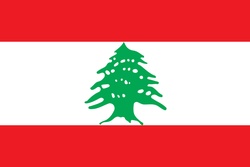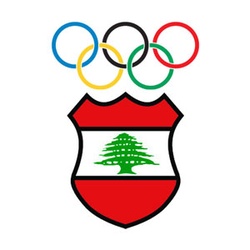Lebanon otherwise known as the Republic of Lebanon is bordered by Syria to the north and east, Palestine to the south and the Mediterranean Sea.
It gained independence on the 22 November 1943 from League of Nations mandate under French administration.
The capital city is Beirut. Lebanon tourist destinations comprise of the “Paris of the East” or Beirut, Anjar which is reputed to have an “Umayyad” connection.
Beiteddine, which is the home of Arabic architecture and lovely historical monuments; Qadisha Valley or the Holy Valley, which is listed among the World Heritage sites , famous monasteries, beautiful chapels, Tyre and Tripoli which is often compared to the dream of Arabian Nights.



